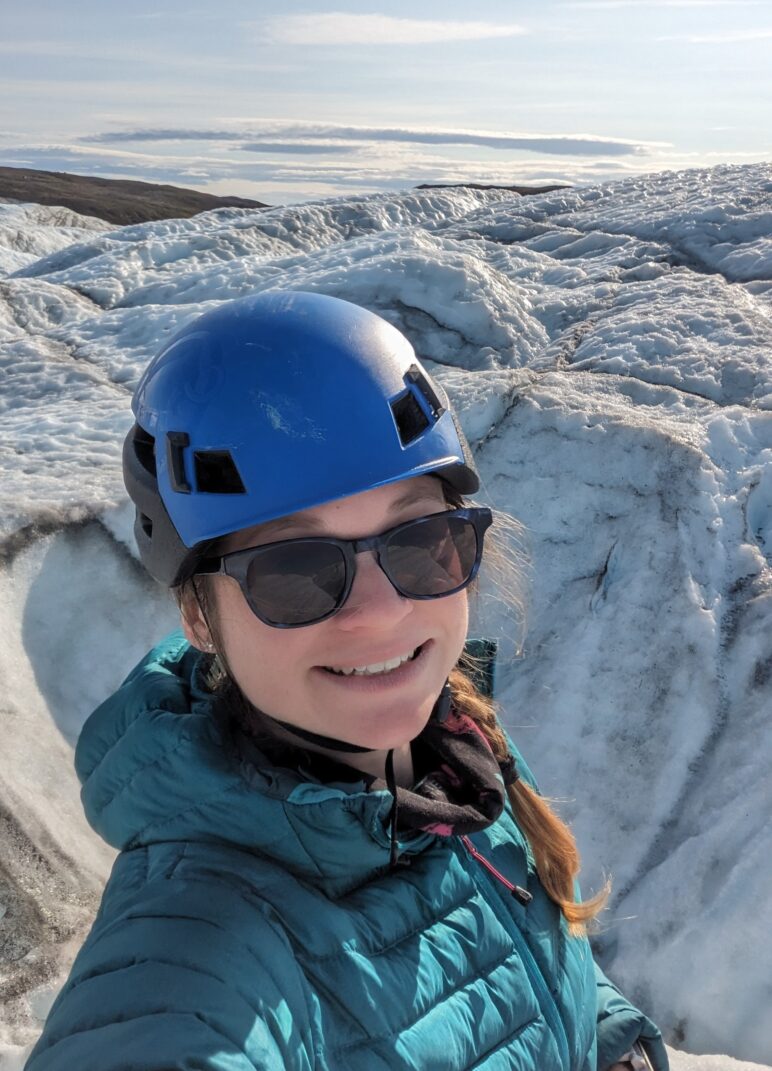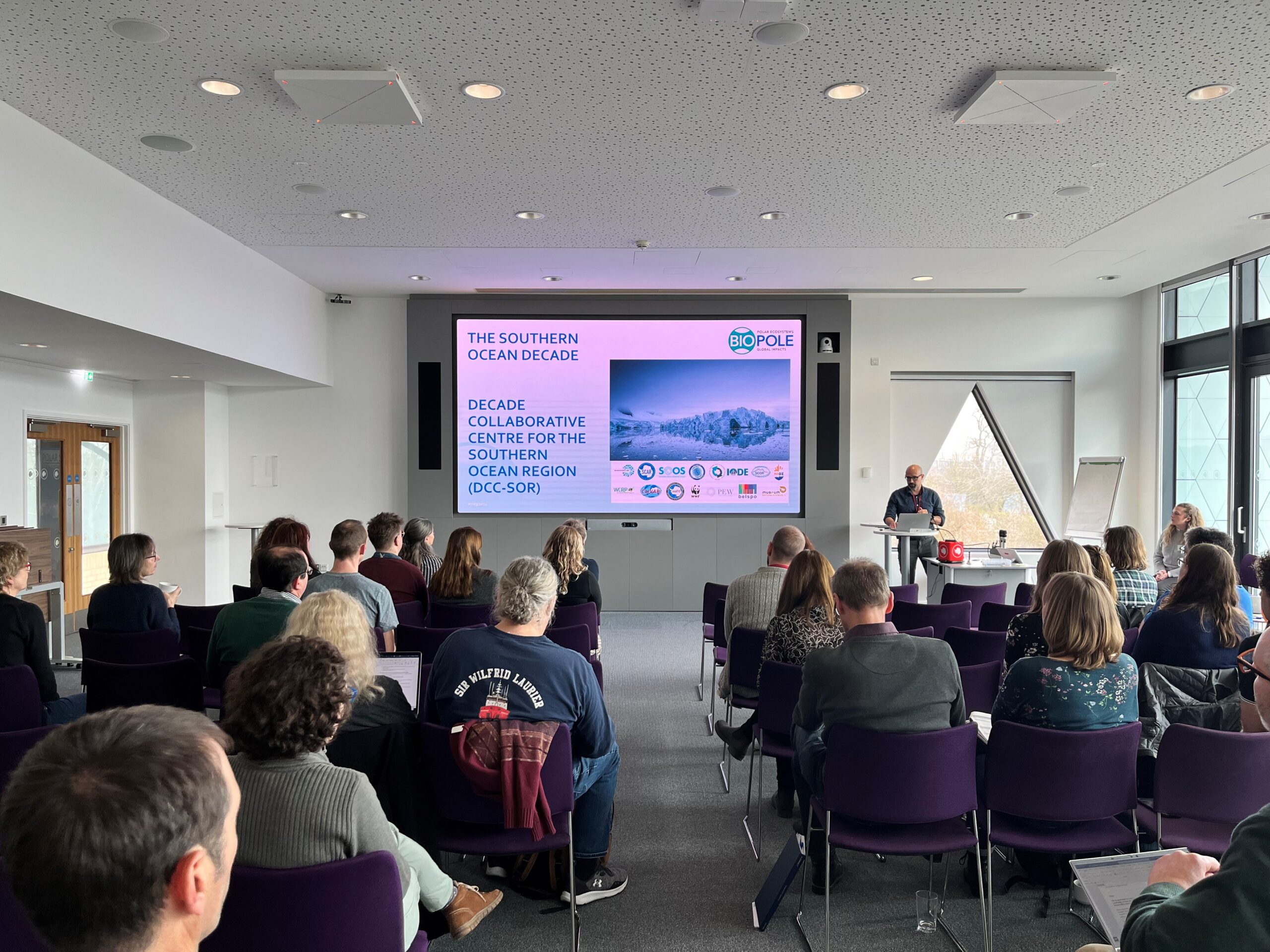Sammie Buzzard
- Please introduce yourself
I’m Sammie Buzzard, I’m an assistant professor at Northumbria University where I’m part of the Centre for Polar Observation and Modelling (CPOM). My background is in maths, and I became interested in the polar regions during my undergraduate degree at the University of Exeter. This led to a PhD at the University of Reading’s Department of Meteorology modelling Antarctica’s ice shelves, and I’ve worked in glaciology ever since, including some time spent at Georgia Tech in the US, before I joined Northumbria last year.
- What do you do within BIOPOLE?
I’ll be leading up CPOM’s contribution to BIOPOLE so this will involve working across work packages and proving the contributions each work package needs (mostly Earth Observation data), as well as hopefully identifying some additional ways CPOM can contribute to BIOPOLE.
- What have you enjoyed about BIOPOLE so far?
I’ve only just taken on this role for CPOM, but I’m excited to join the team and work across disciplines and expand my own knowledge of biogeochemistry and ecosystems, both areas I don’t get much chance to work in, but I think are incredibly important and interesting.
- Tell us about a skill or trait unique to you that you would like to share?
The impact of the fashion industry on our planet is pretty scary so I spend a lot of my spare time making and recycling clothes to reduce waste, but I also really appreciate the scenery of the North East and do lots of trail running with my dog, the longer and hillier the better!





























